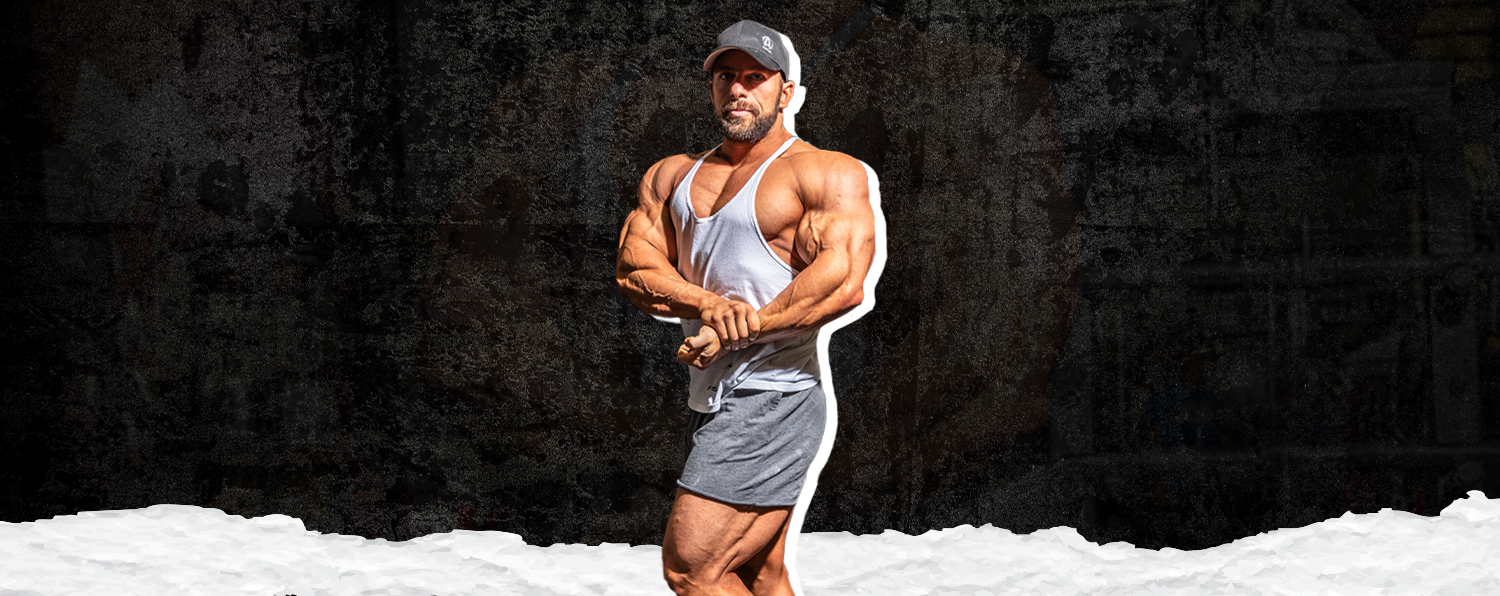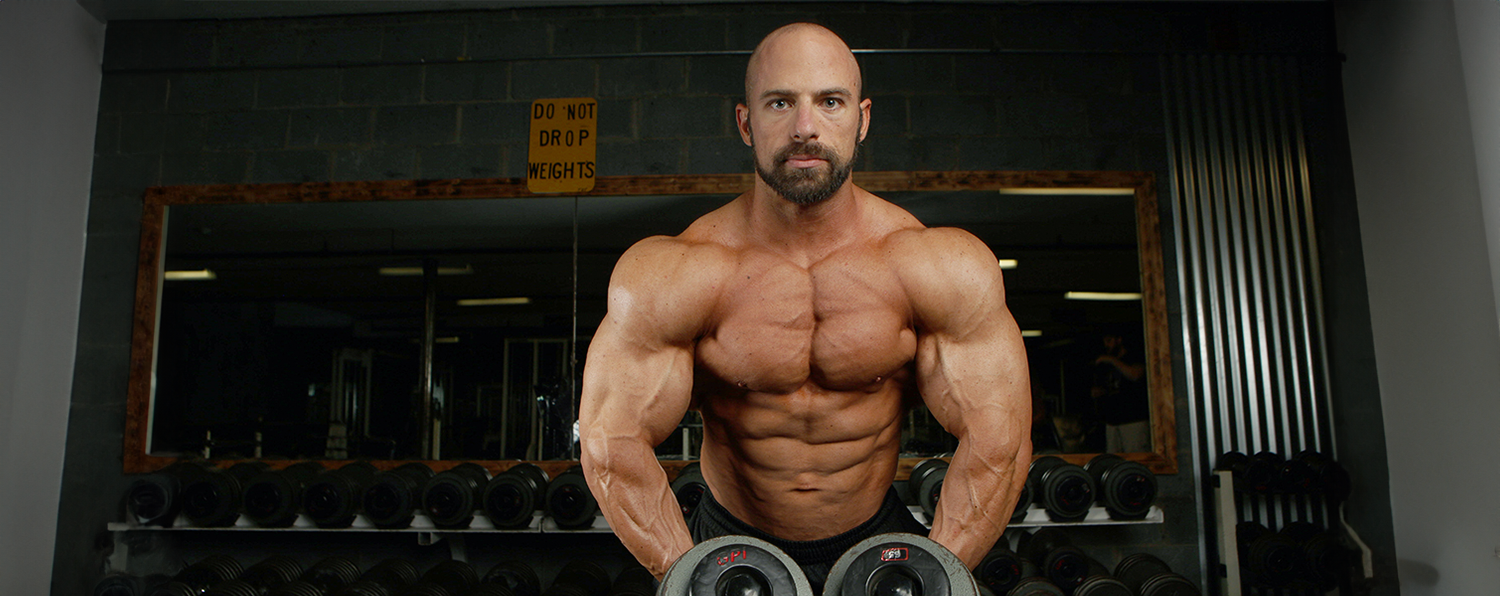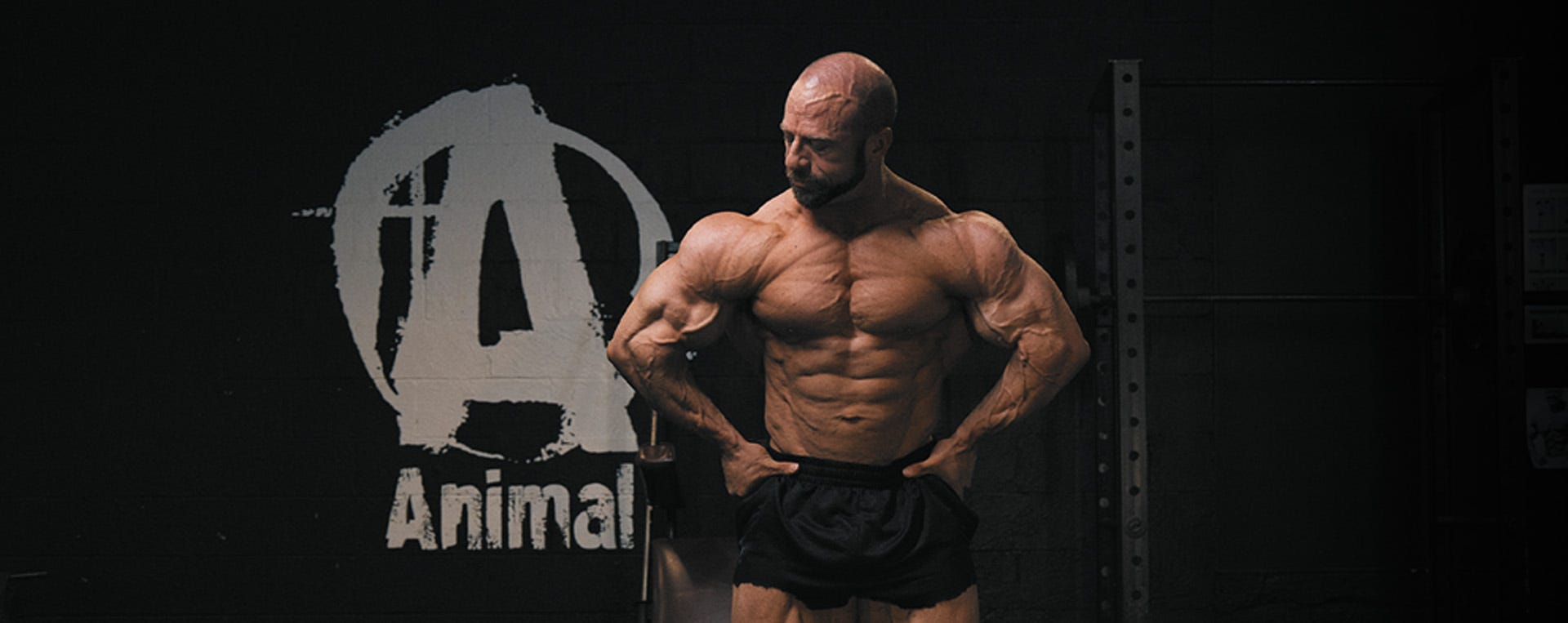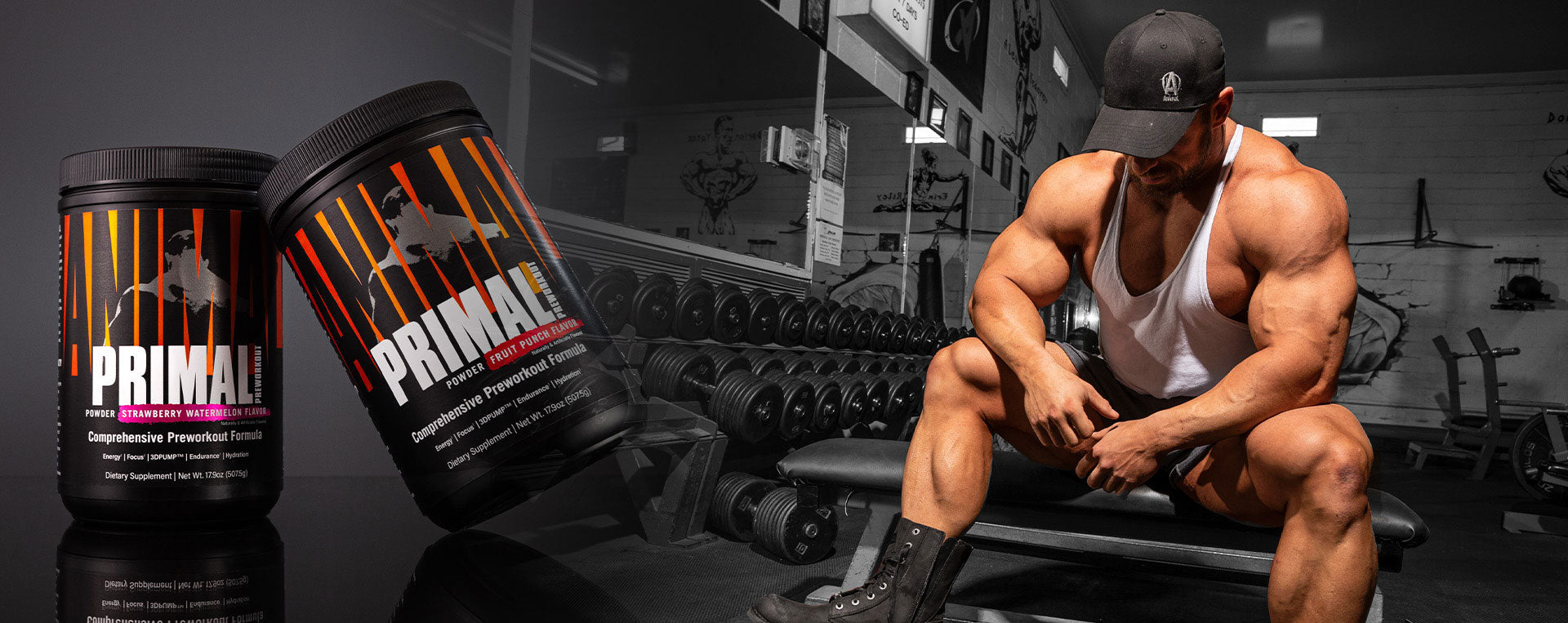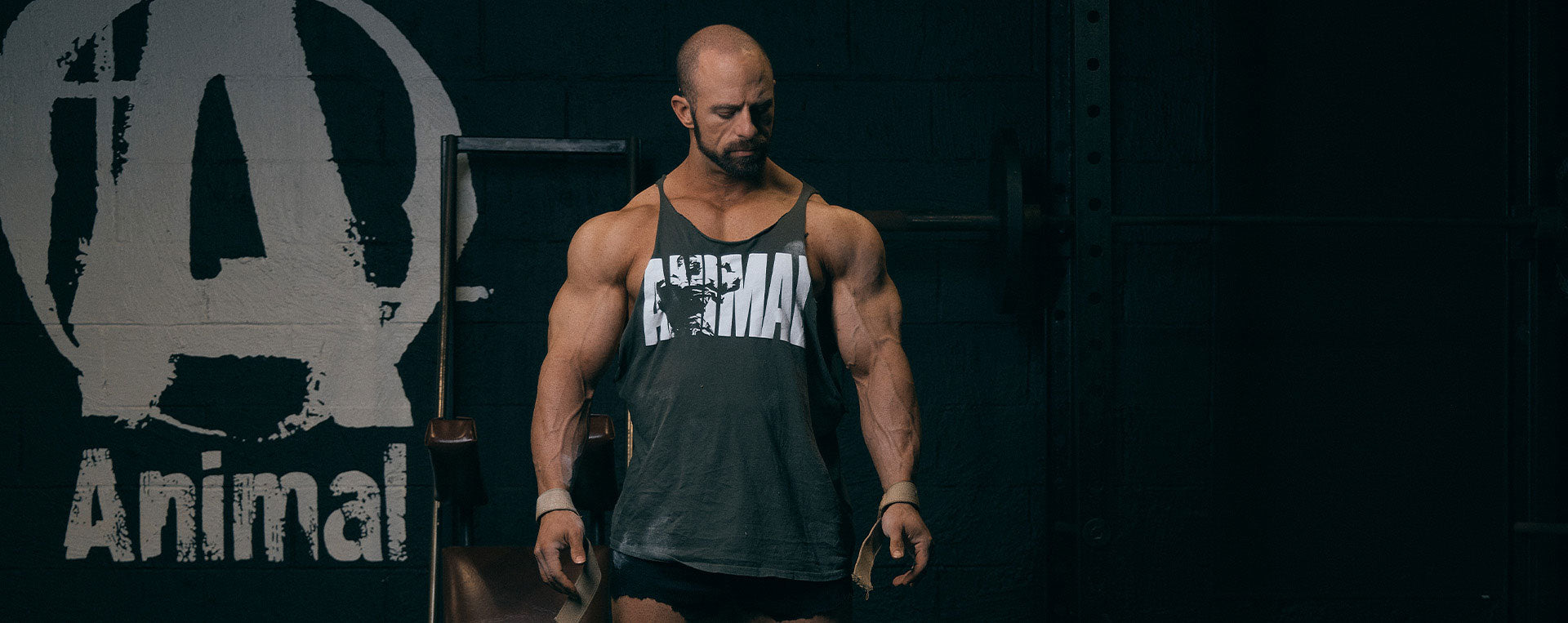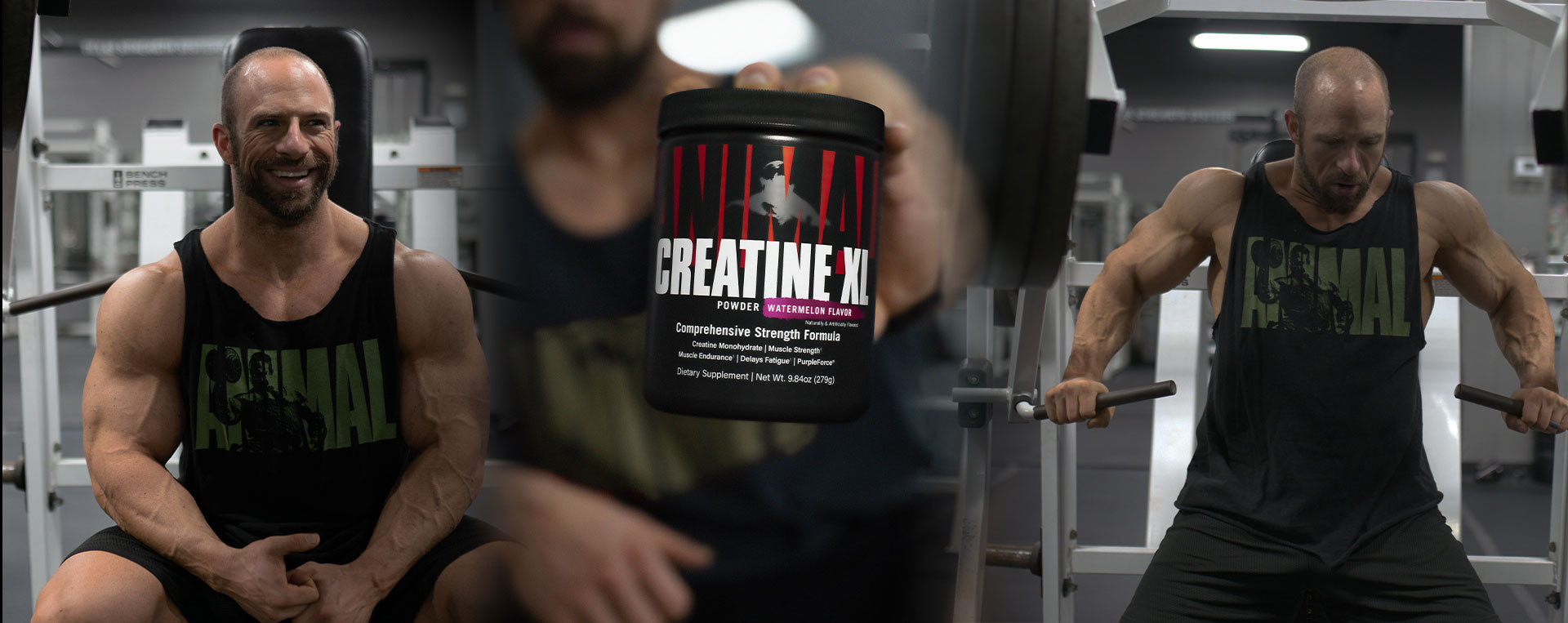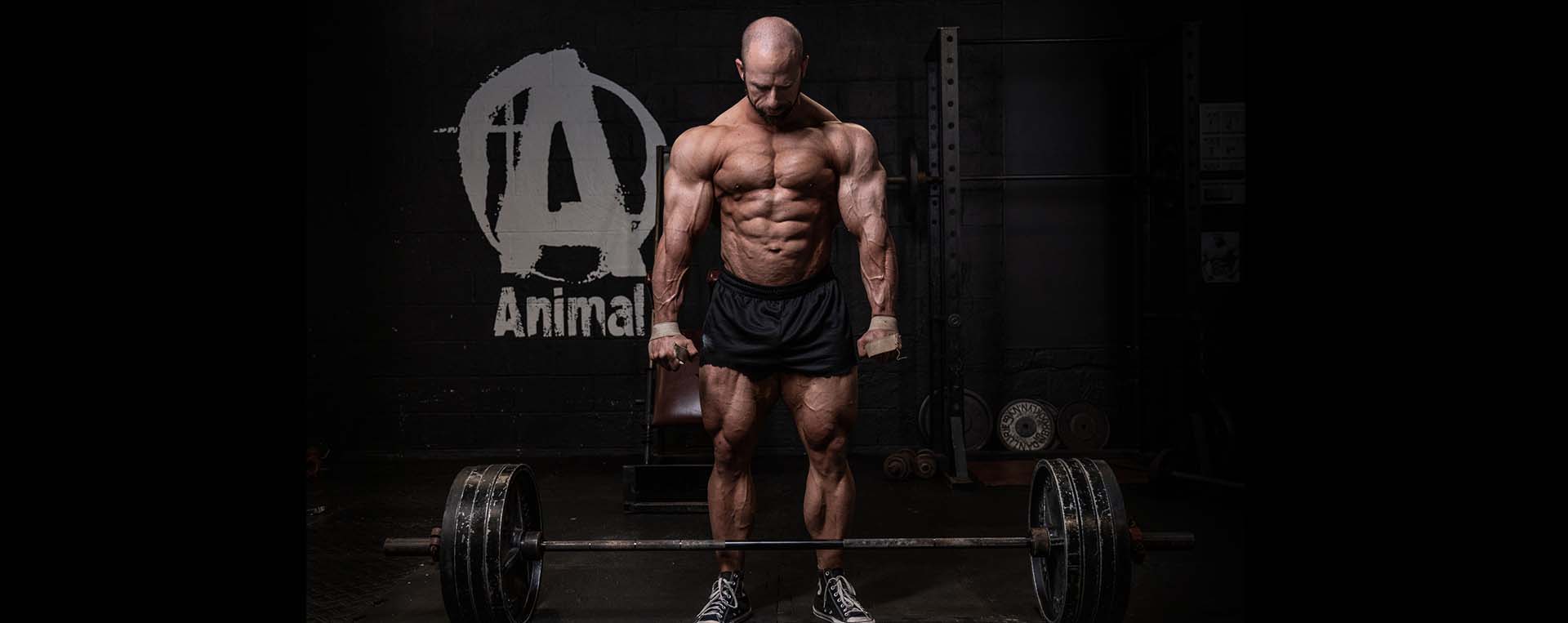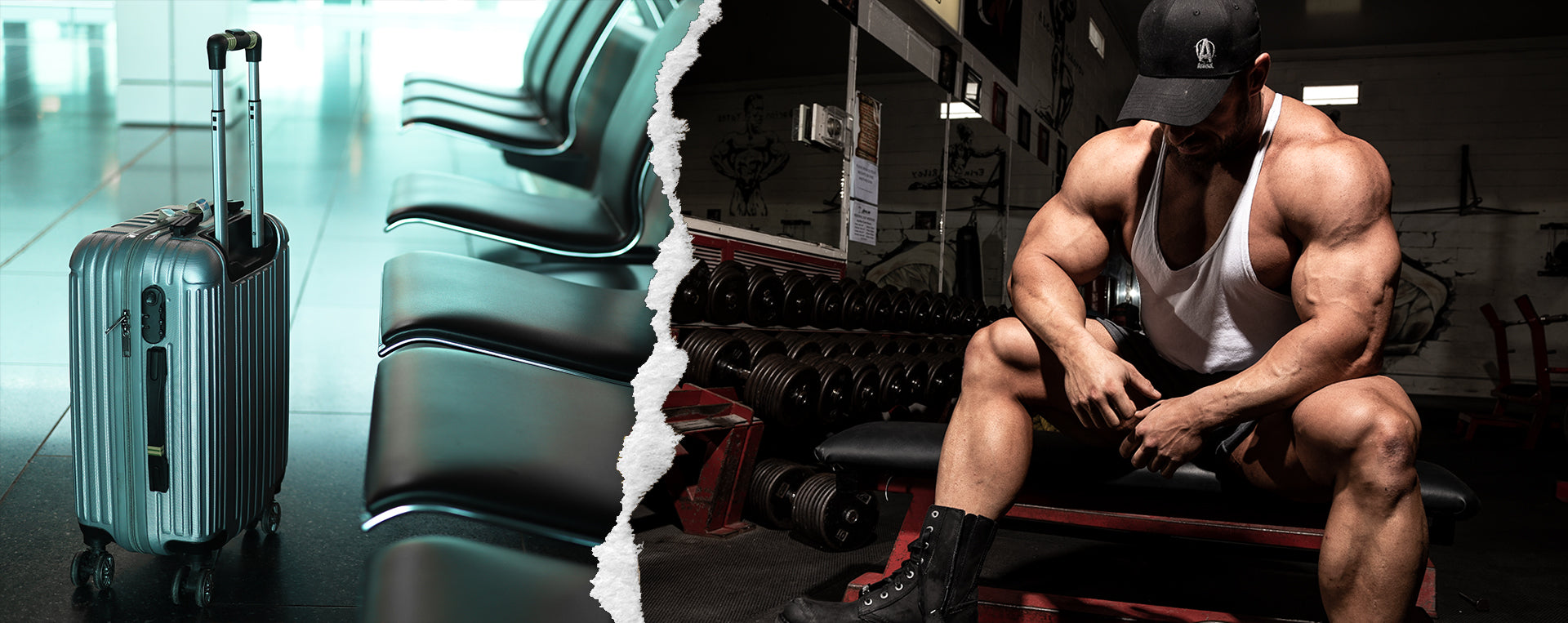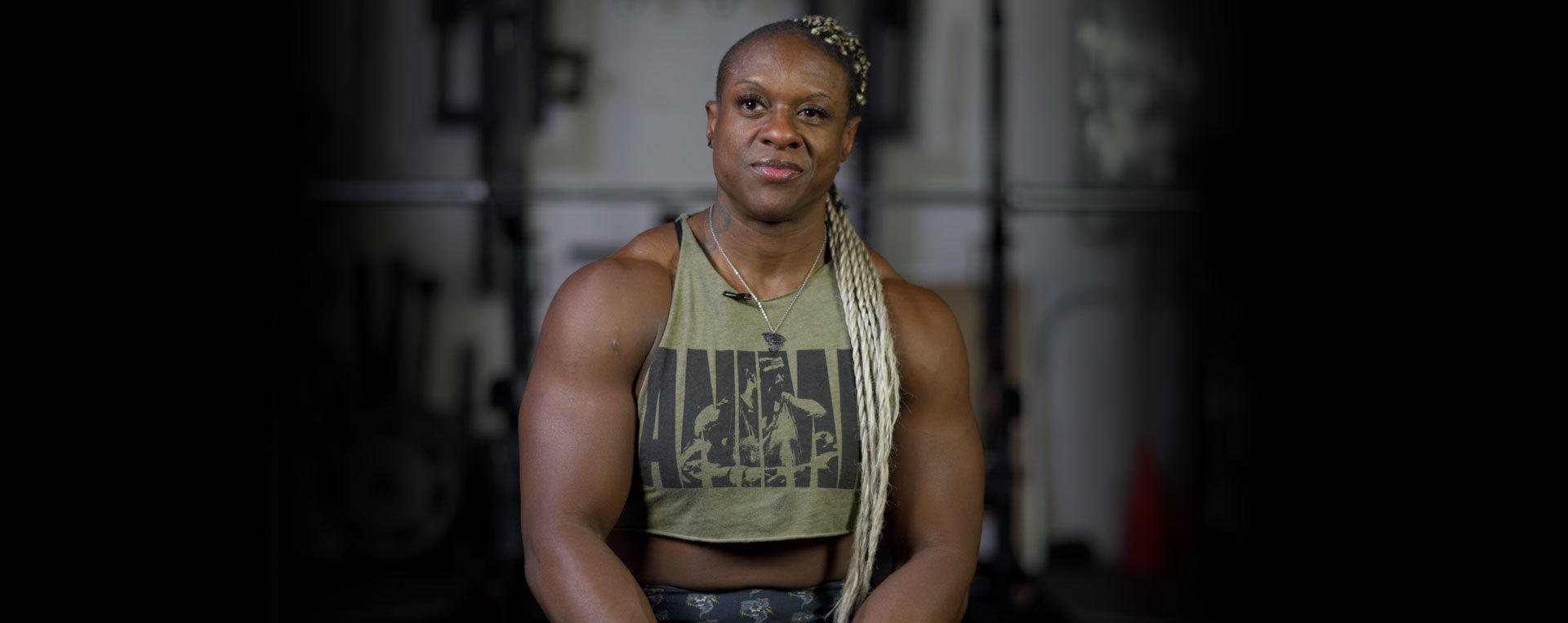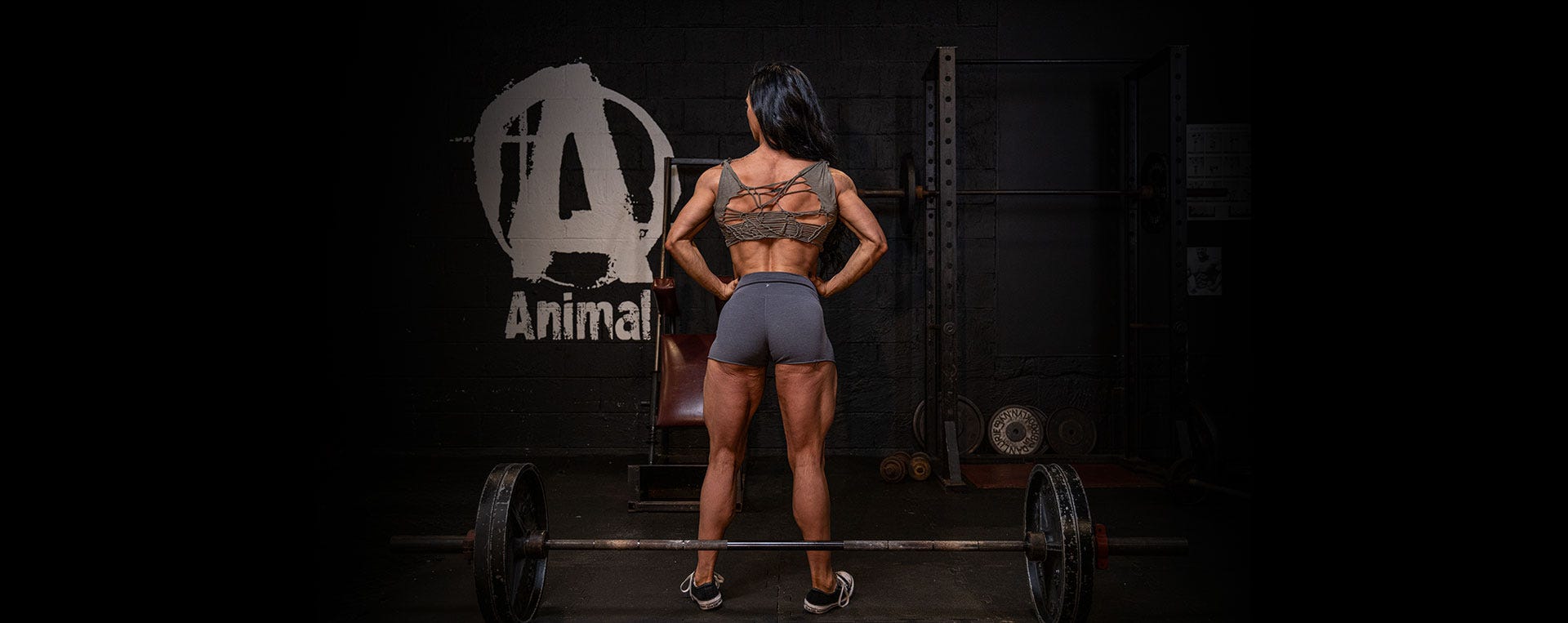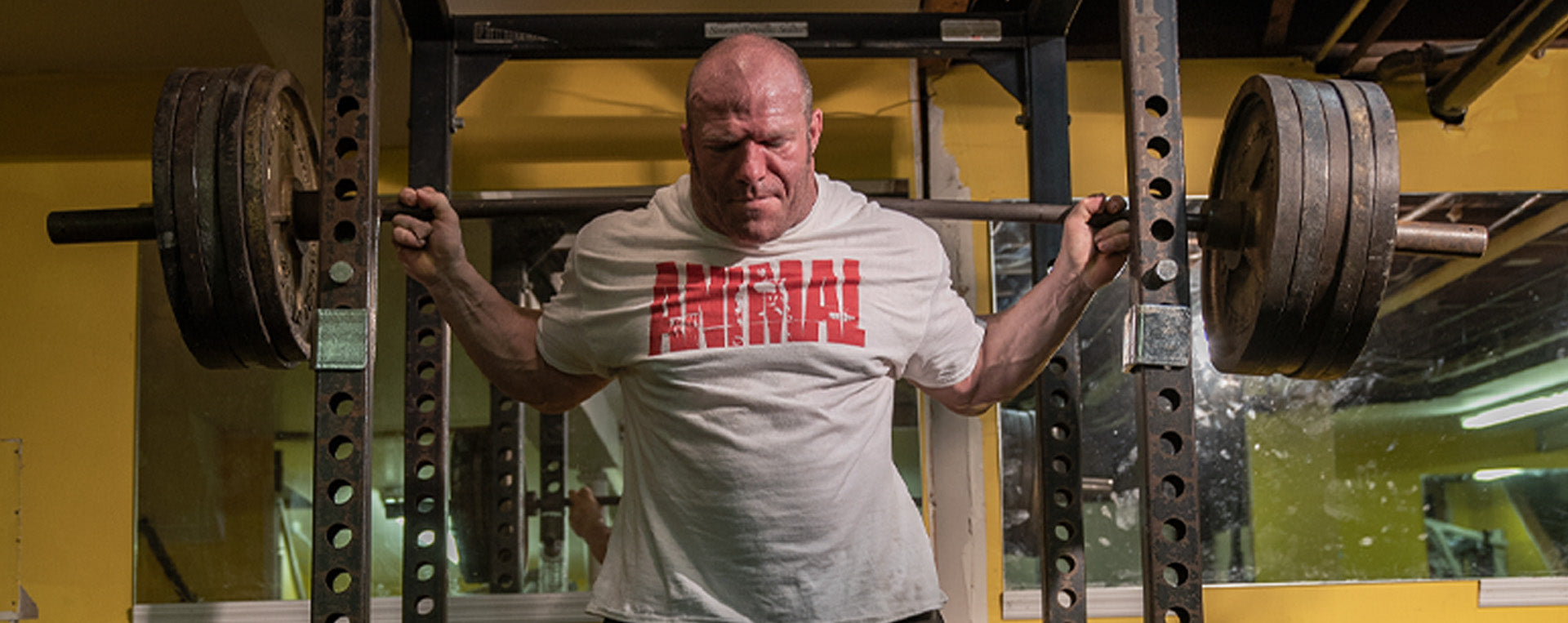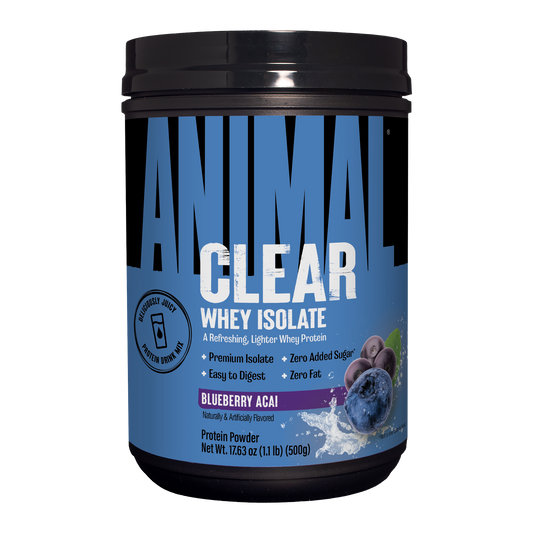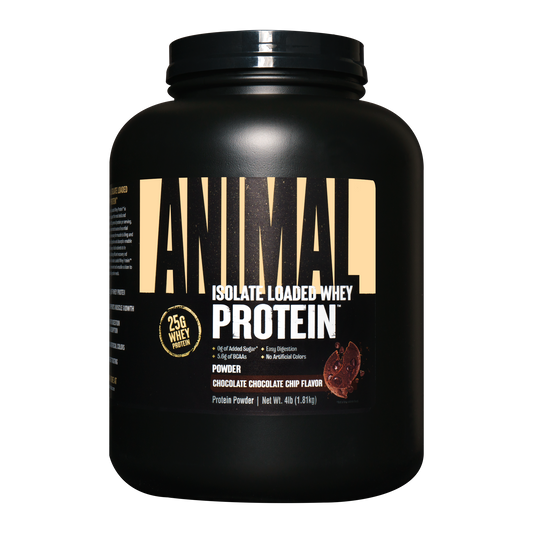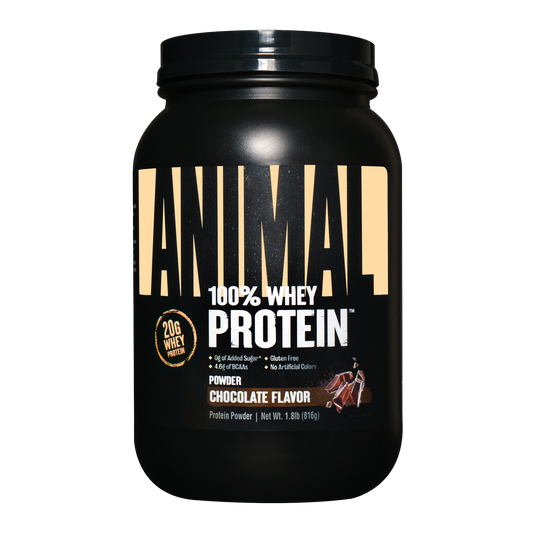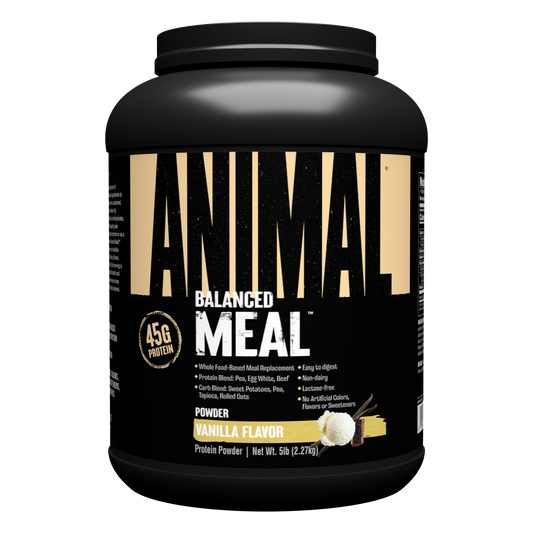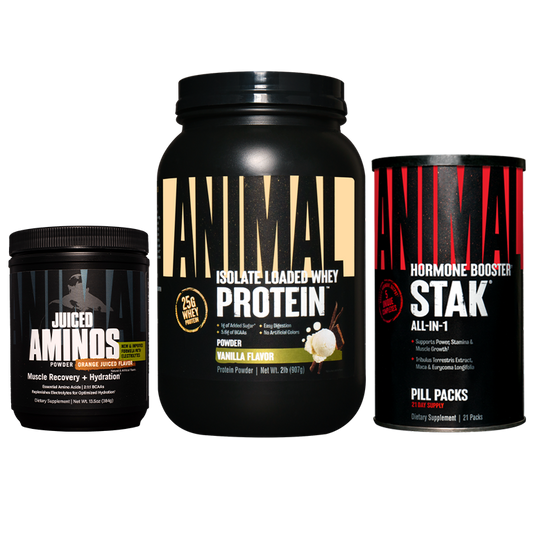In my current off-season, I do not have a day solely dedicated to training my shoulders. Instead, have been adding shoulder exercises to the end of my chest and back routine. My shoulders have not been a lagging body part, but I wanted another upper body day in my split to space out my leg days. My legs tend to grow faster-these are things to consider when planning your own training split. You have to understand what your individual strengths and weaknesses are when devising a split that will work for you.
My shoulder workout is based on a moderate rep range with a focus on general, overall development. As always, I always try to improve upon my first two lifts, using these two movements to track my personal progress. I have not included warm up sets here, so take as many warm up sets as you need. It's important to pyramid up in weight and take all of the sets to or near failure. Remember, be safe and smart when training to failure.
https://www.youtube.com/watch?v=CtZBYmrqjtE
1. Smith Machine Military Presses
• Set 1 @ 6-8 reps total
• Set 2 @ 10-15 reps total
I start with a big compound movement first as it is the most demanding. It also allows me to use it as a benchmark to track my progress. After warming up, I work up to a failure set of 6-8 reps. I then reduce the weight by around 10% and perform my second consecutive set to failure, aiming to land within 10-15 reps. Set up your bench to where the bar will just clear your chin. I use a grip that is slightly wider than shoulder width. For shoulder safety, I tuck in my elbows as I perform the movement. This will help prevent some of the wear and tear on the rotator cuffs normally associated with the military press.
2. Dumbbell Side Laterals
• 1 set @ 15 reps total
• 2 rest-pause sets @ 15-20 reps total
With the laterals, work up to a failure set around 15 reps. Stick with the same weight and perform two additional sets. On these last two sets, I perform them in a rest-pause fashion. To perform a rest-pause set, first work up to a failure set. Then rest 15-20 seconds, repeat the movement again to failure, then rest another 15-20 seconds, and finally repeat the movement a third time to failure. The total rep count for those three failure sets should be 15-20 reps. Rest 90 seconds and then perform the rest-pause set once more. Use the same weight throughout all sets.
Form is key on side lateral raises if you want to recruit the right part of the deltoid. Think of the hands as merely a way to hold the weight. The actual movement should be initiated by pulling the elbows upward. The pinky knuckle should be higher than all the other knuckles. If you were to look in the mirror, you should be able to see the top of your hand. The arms should be internally rotated.
3. Cluster Set: Machine Shoulder Press Into Barbell Upright Row
• 3 rounds, 60 second rest after each exercise
• 12-15 reps on the machine shoulder press
• 12-15 reps on the upright row
The cluster set is a continuous circuit of two exercises with 60 second rests after each exercise. The purpose of the cluster is to emphasize the front and medial deltoid. The press movement produces peak tension in the deltoid during the stretch position, while the upright row produces peak tension in the deltoid during the shortened state. This approach will allow for a higher amount tension to be produced through a large range of motion (ideal for hypertrophy).
For the machine shoulder press, sit in reverse with your chest facing the pad. Use a slightly wider than shoulder width grip. This position will bring more side deltoid into the movement. For the upright row, use a shoulder width grip. Pull the bar upward without externally rotating the shoulders. External rotation of the shoulder during this movement can be hard on the shoulder joint and usually will occur if the bar is raised too high. The humerus (long bone in the upper arm) should not go above parallel.
4. Superset: Kettle Bell Face Pulls Into Kettle Bell Rear Delt Swings
• 3 sets @ 10-15 reps (each exercise)
I perform both movements on the T-bar chest supported row. This will help prevent swinging the torso and isolate the deltoids as they need to be the sole movers. I prefer kettle bells since they rotate well in the hands and are less cumbersome than dumbbells.
On the face pulls, start with the hands close together. As you raise them, spread your hands apart and externally rotate the shoulders. Your hands should end up at eye level. The rear deltoids can perform the shoulder and external rotations, so this movement covers all the actions. Afterwards, directly move into a rear delt fly-only swing the arms in a controlled pendulum fashion. This will allow you to train past failure and really produce a tremendous pump.
5. Donkey Calf Raise
• 4 sets @ 40 reps
To finish things off, I perform 25 donkey calf raises using a full range of motion, followed by another 15 partial reps (coming up only half way from the stretched position). My calves respond well to high reps. I train calves three days per week with two of the days being high reps and one day in a lower rep range (12 reps).
My shoulder workout is based on a moderate rep range with a focus on general, overall development. As always, I always try to improve upon my first two lifts, using these two movements to track my personal progress. I have not included warm up sets here, so take as many warm up sets as you need. It's important to pyramid up in weight and take all of the sets to or near failure. Remember, be safe and smart when training to failure.
https://www.youtube.com/watch?v=CtZBYmrqjtE
1. Smith Machine Military Presses
• Set 1 @ 6-8 reps total
• Set 2 @ 10-15 reps total
I start with a big compound movement first as it is the most demanding. It also allows me to use it as a benchmark to track my progress. After warming up, I work up to a failure set of 6-8 reps. I then reduce the weight by around 10% and perform my second consecutive set to failure, aiming to land within 10-15 reps. Set up your bench to where the bar will just clear your chin. I use a grip that is slightly wider than shoulder width. For shoulder safety, I tuck in my elbows as I perform the movement. This will help prevent some of the wear and tear on the rotator cuffs normally associated with the military press.
2. Dumbbell Side Laterals
• 1 set @ 15 reps total
• 2 rest-pause sets @ 15-20 reps total
With the laterals, work up to a failure set around 15 reps. Stick with the same weight and perform two additional sets. On these last two sets, I perform them in a rest-pause fashion. To perform a rest-pause set, first work up to a failure set. Then rest 15-20 seconds, repeat the movement again to failure, then rest another 15-20 seconds, and finally repeat the movement a third time to failure. The total rep count for those three failure sets should be 15-20 reps. Rest 90 seconds and then perform the rest-pause set once more. Use the same weight throughout all sets.
Form is key on side lateral raises if you want to recruit the right part of the deltoid. Think of the hands as merely a way to hold the weight. The actual movement should be initiated by pulling the elbows upward. The pinky knuckle should be higher than all the other knuckles. If you were to look in the mirror, you should be able to see the top of your hand. The arms should be internally rotated.
3. Cluster Set: Machine Shoulder Press Into Barbell Upright Row
• 3 rounds, 60 second rest after each exercise
• 12-15 reps on the machine shoulder press
• 12-15 reps on the upright row
The cluster set is a continuous circuit of two exercises with 60 second rests after each exercise. The purpose of the cluster is to emphasize the front and medial deltoid. The press movement produces peak tension in the deltoid during the stretch position, while the upright row produces peak tension in the deltoid during the shortened state. This approach will allow for a higher amount tension to be produced through a large range of motion (ideal for hypertrophy).
For the machine shoulder press, sit in reverse with your chest facing the pad. Use a slightly wider than shoulder width grip. This position will bring more side deltoid into the movement. For the upright row, use a shoulder width grip. Pull the bar upward without externally rotating the shoulders. External rotation of the shoulder during this movement can be hard on the shoulder joint and usually will occur if the bar is raised too high. The humerus (long bone in the upper arm) should not go above parallel.
4. Superset: Kettle Bell Face Pulls Into Kettle Bell Rear Delt Swings
• 3 sets @ 10-15 reps (each exercise)
I perform both movements on the T-bar chest supported row. This will help prevent swinging the torso and isolate the deltoids as they need to be the sole movers. I prefer kettle bells since they rotate well in the hands and are less cumbersome than dumbbells.
On the face pulls, start with the hands close together. As you raise them, spread your hands apart and externally rotate the shoulders. Your hands should end up at eye level. The rear deltoids can perform the shoulder and external rotations, so this movement covers all the actions. Afterwards, directly move into a rear delt fly-only swing the arms in a controlled pendulum fashion. This will allow you to train past failure and really produce a tremendous pump.
5. Donkey Calf Raise
• 4 sets @ 40 reps
To finish things off, I perform 25 donkey calf raises using a full range of motion, followed by another 15 partial reps (coming up only half way from the stretched position). My calves respond well to high reps. I train calves three days per week with two of the days being high reps and one day in a lower rep range (12 reps).











